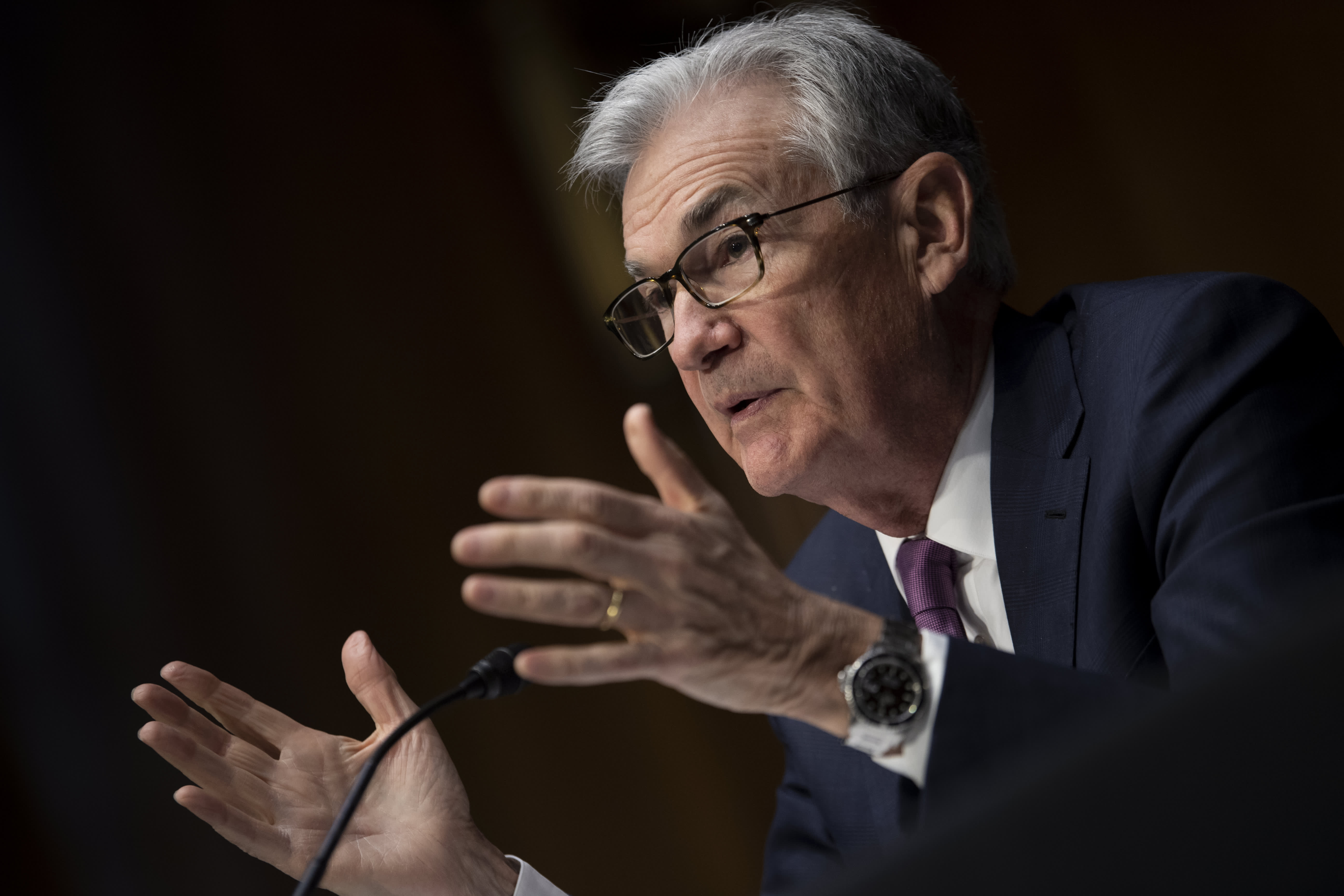
With Goldman Sachs predicting that the Federal Reserve will raise its benchmark interest rate by a full percentage point this year, you might be worrying that interest rate hikes could affect your finances.
The federal funds rate, which is set by the central bank, is the overnight interest rate at which banks borrow from one another. It also influences the prime interest rate, which is what lenders use to determine how much interest you’ll pay on credit cards, mortgages and other loans. When the federal funds rate goes up, the prime rate tends to follow.
For now, there are some money moves you can make while the benchmark interest rate is still hovering at around 0.08%. These won’t apply to every person, but here are four to consider.
1. Refinance your home loans
You could find mortgages with around 3% interest for most of 2021, but the Mortgage Bankers Association is predicting that rates will rise to 4% this year, which could make monthly payments on mortgages more expensive.
For a 30-year mortgage on a $300,000 home, the difference between 3% and 4% would be an additional $147 per month. Considering that the average rate for a 30-year fixed-rate mortgage has climbed to 3.68% this week, up 16 basis points from one week ago, you might want to commit to a lower rate now, before they go even higher.
If you have an adjustable- or variable-rate mortgage that’s already testing the limits of your monthly budget, you might want to refinance to lock in a fixed-rate mortgage to mitigate the uncertainty of rising rates. But make sure you research the pros and cons of refinancing a mortgage before you decide.
Similarly, a home equity line of credit, or HELOC, is closely linked to the Fed’s benchmark rate, so you might want to shop around and convert from a variable rate to a fixed-rate loan if you have one.
2. Refinance your private student loans
While borrowers with private loans don’t qualify for the Biden administration’s pause on payments and interest for federal student loans, they do have the option of refinancing their loan at a fixed rate now, before interest rates rise.
If you have a private loan and are considering refinancing, you “should look into pulling the trigger sooner rather than later to try and take advantage of the current rates,” Betsy Mayotte, president of The Institute of Student Loan Advisors, said in a previous interview with CNBC.
3. Pay down your credit card debt
The average interest rate for credit cards is about 16% now, but with looming rate hikes, those rates could be back around 17% by the end of the year, according to Ted Rossman, a senior industry analyst at CreditCards.com.
While that may only raise your monthly payments by a few dollars, depending on how much you owe, if you’re already struggling to pay your bills, those few extra dollars could be an unexpected burden.
In that case, now could be a good time to look into all your debt consolidation options, including a balance transfer card or taking out a personal loan, and see what may make the most sense for you.
If you have federal student loan payments that have been paused until May, you could use those funds to do some financial housekeeping, such as paying off a chunk of your credit card debt to mitigate the increased interest costs, if you can afford it.
4. Improve your credit score
Since lenders use your credit score to determine what interest rates you’ll pay on loans, the easiest way to offset benchmark interest rate increases is by improving your credit score.
Credit cards are a good example of how this works, especially since banks can raise your rates at any time, provided that they give you 45 days notice.
Say you owe a balance of $6,194, the national average. With a good credit score of 660 to 719, you’d pay $1,983 in interest alone if you made $200 monthly payments, according to CNBC Select. That’s nearly $700 less than what you’d pay in interest with a subprime credit score of 580 to 619.
To keep your credit score high, focus on paying off debt and making on-time payments on your outstanding balance every month. You can find more tips on improving your credit score here.
Sign up now: Get smarter about your money and career with our weekly newsletter
Don’t miss: This 29-year-old USPS mail carrier is on track to make over $90,000 this year—here’s how he spends his money




